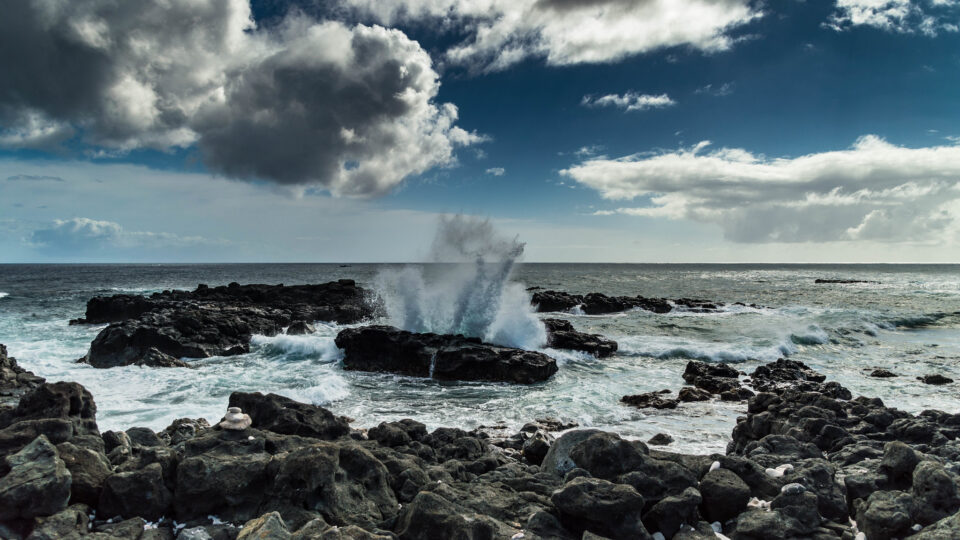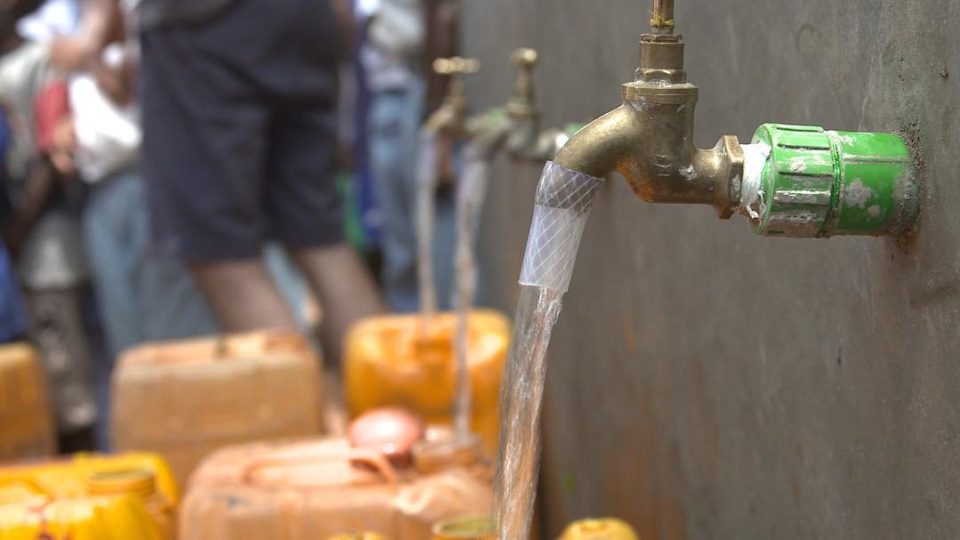Rising seas are increasing saltwater intrusion on land and rising temperatures are causing greater evaporation. The result is mounting levels of salt in waters and in soils.
Rising sea levels cause salty ocean water to push further into river deltas. There is already a surge in saltiness across all inhabited continents. Seawater works its way further upstream when dams hold back water. Pumps that remove fresh water from underground sources for irrigation and drinking supplies add to the problem. In dry regions, irrigation systems delivering water to crops increasingly bring salt onto fields.
People add to the problem by pouring saline drainage water from mines into rivers and by using salt to de-ice roads in the winter.
A modeling study pinpointed hotspots for climate change-induced salinization in numerous locations including the U.S. Southwest, wide areas of Australia, Mexico, South Africa, Brazil, central India, northern China, and more.
Some ecosystems are adapted to saline environments but major alterations in the balance between saline and fresh water is creating growing problems for ecosystems, lake fisheries, crop growing, and even human health.
The damage caused by salt is likely to be so severe that salinization will become a major cause of environmental refugees when the land they live on can no longer sustain them.
Salt will be a growing threat to the world’s food supplies, especially where farmers depend on artificial irrigation. About a third of the world’s food is grown in irrigated fields, and a fifth of those fields are deemed to already be salt-contaminated. Ultimately, only a halt to climate change will be capable of combatting the scourge of salt.
**********
Web Links
Salt Scourge: The Dual Threat of Warming and Rising Salinity
Photo, posted June 3, 2017, courtesy of Jason Jacobs via Flickr.
Earth Wise is a production of WAMC Northeast Public Radio.


